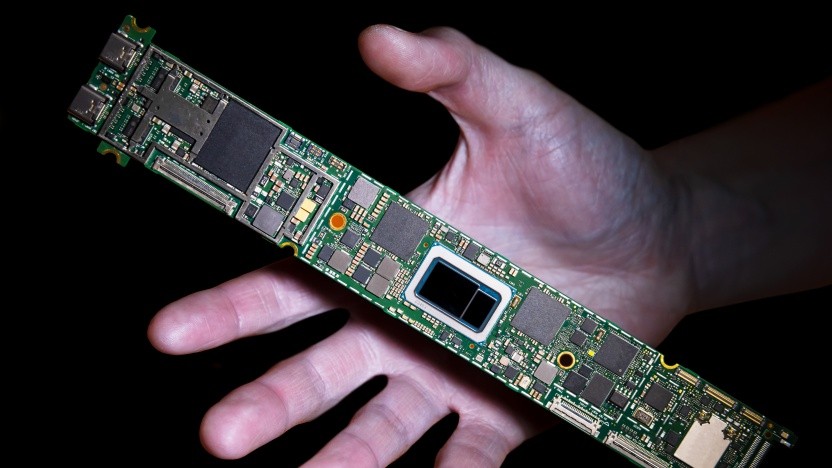Actually try figuring out Atom design gate depth and its likely operating voltage at 3ghz+.
So your belief is that Core @ 5.3GHz = Atom @ 3.4GHz?
Because Core reaches 5.3GHz by
completely eating into any overclocking headroom. They probably haven't changed the fundamentals since Sandy Bridge, but despite having only a 3.8GHz Turbo, you can clock a 2600K @ 4.5GHz with nearly all samples and sometimes go 4.7-4.8GHz.
The OC clocks regressed with Ivy Bridge and Haswell and it took Skylake to get it back. Then a few more Skylake iterations to get it higher.
I don't believe that's anything fundamental. The motherboard power management circuitry is made more robust, and so is the CPU. Intel had 5 years to refine 14nm process
and Skylake, which never happened for cutting edge CPUs.
For all we know 3.3GHz on Tremont is like a 2600K @ 3.8GHz.
Honestly I wouldn't use those curves for any discussion, they look idealized and lack the values for voltage. So they are little more than illustrations of the generic statements made on the slides.
coercitiv made a good point that increased frequencies also contribute to power use so the lower voltage curve isn't ideal, unless we're talking frequencies under 1.5GHz where it can run at 0.8V.
The gain is probably 15% regardless of whether we're talking 3GHz Atom or 5GHz Core.
I don't know why Intel would do this. These are, I thought, supposed to be low power cores.
If it indeed works higher than 3.4GHz, they'll contribute to overall MT performance.

www.notebookcheck.net




